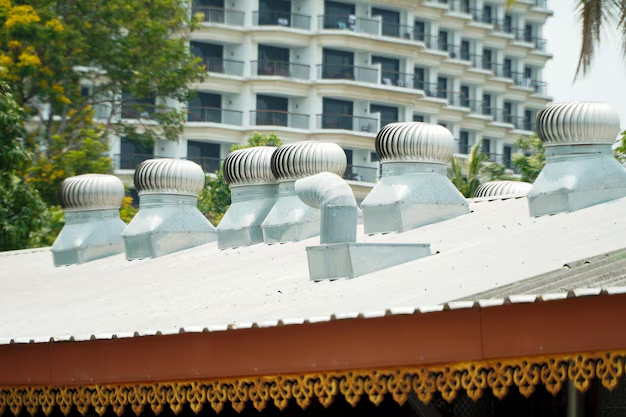How Long Will Your New Roof Serve You? Discover the Lifespan of Different Roofing Materials
Deciding to install a new roof is a significant investment. Naturally, you want to know how long you can expect your roof to last. The lifespan of a new roof depends on several factors, including the materials used, climate conditions, and installation quality. Here's what you need to know to ensure your new roof stands the test of time.
The Longevity of Common Roofing Materials
Asphalt Shingles: The most popular roofing material for homes due to their affordability, asphalt shingles typically last 15 to 30 years. Premium brands might extend their lifespan by a few more years, but routine maintenance can make a significant difference.
Wood Shingles and Shakes: Offering a beautiful, rustic look, wood shingles and shakes can last 20 to 40 years. However, they require more maintenance to prevent issues like mold, termites, and rot, especially in damp climates.
Metal Roofing: Known for its durability, metal roofing can last 40 to 70 years. They are lightweight, fire-resistant, and can withstand extreme weather conditions. Choosing high-quality metal materials and professional installation is key to maximizing their longevity.
Clay or Concrete Tiles: Often found in warmer climates, clay or concrete tiles can last 50 to 100 years. They are highly durable, especially against wind and fire, but they do require occasional upkeep to replace broken tiles.
Slate Roofs: As one of the most durable roofing options, slate roofs can endure more than 100 years. While the upfront cost is high, their incredibly long lifespan and low maintenance can ultimately offer great value over time.
Factors That Influence Roof Longevity
Climate Conditions: Harsh weather, such as hurricanes, heavy snowfall, or intense heat, can shorten the lifespan of your roof material. It's important to choose materials suited for your region's climate.
Installation Quality: Proper installation by experienced professionals ensures longevity and reduces the chance of premature leaks or failures.
Maintenance: Frequent inspections and maintenance can catch potential issues early, increasing the lifespan of your roof.
Exploring Financial Options for Roof Replacement
Re-roofing your home involves an upfront investment, but there are several ways to ease the financial burden. Understanding your options can make this essential home renovation more attainable.
Government Aid Programs: Look for government grants or low-interest loans that support home renovations for energy efficiency, which might include roofing.
Home Equity Loans: These loans leverage your home's equity, typically offering lower interest rates than personal loans or credit cards.
Insurance Claims: If your roof suffered damage from storms or accidents, your homeowner's insurance might cover part of the replacement costs.
Credit Solutions: Flexible financing or credit card solutions could provide the means to handle the cost promptly, especially if there's a promotional low-interest option available.
Energy-Efficient Incentives: Investing in energy-efficient roofing materials could qualify you for tax credits or rebates, lowering your overall cost.
Replacing a roof can feel daunting, but considering various financial aids and credit solutions can help spread the cost and make the process more feasible. Good planning and informed choices are keys to ensuring your roof stands strong and serves you well for many years to come.
Key Financial Resources for Roof Replacement 🏠💰
- 🏦 Federal Home Improvement Grants: Assistance for energy-efficient improvement.
- 🏠 Home Equity Loans: Use home equity for lower-rate loans.
- 🌧️ Home Insurance Options: Coverage for storm or accident damage.
- 💳 Low-Interest Credit Cards: Finance with promotional rates.
- 🌞 Energy-Efficiency Tax Credits: Benefits for eco-friendly choices.
